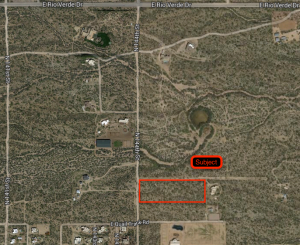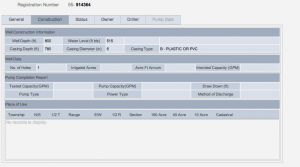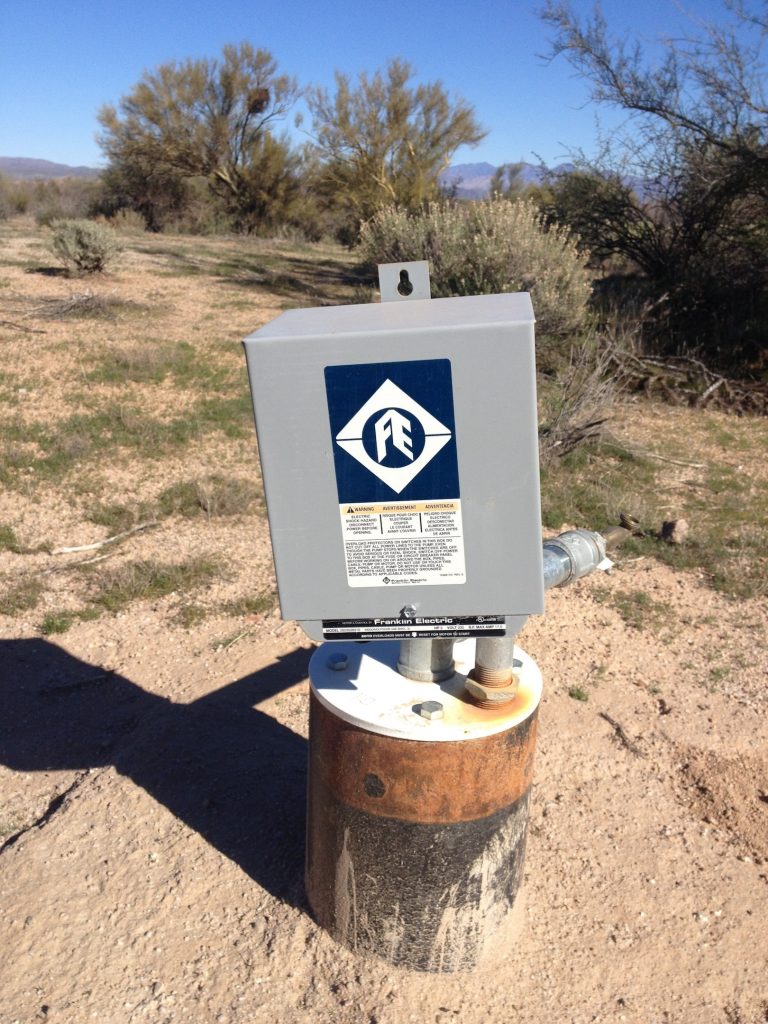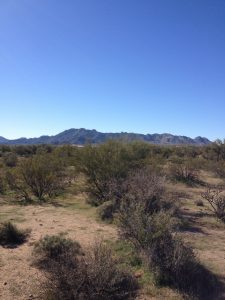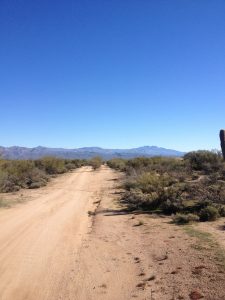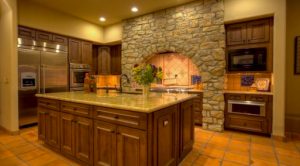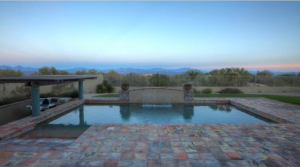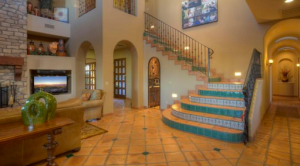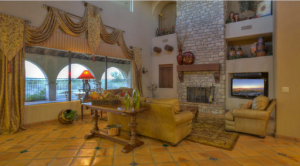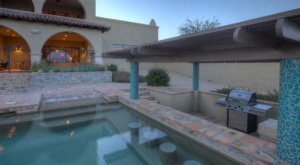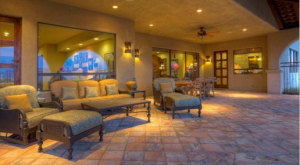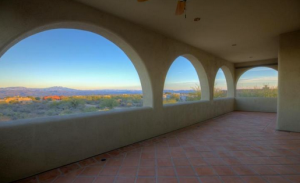Water Wells | Rio Verde | Scottsdale |Arizona
Water Well (s) in the high desert of Rio Verde Arizona and Scottsdale Arizona. Water is a precious commodity in the valuation of real estate.
Here in the area of North Scottsdale known as the Rio Verde Foothills, unless you live within the city limits of Scottsdale, you have two options for water for your home, a drilled water well or hauled water.
The first option the drilled water well allows some independence from water haulers, but I must say, my experience with Dynamite Water has been excellent. This company has multiple trucks that will deliver water to your home at all hours of the day and night. A typical charge for these services is $60 for 3,000 gallons.
The typical arrangement for a drilled water well supplying water in the are known as the Rio Verde Foothills is to have a pump that delivers the water to an underground storage tank. The tanks can range in size from 2,500 gallons to 10,000 gallons. A pump in the underground tank charges above ground pressure tanks that maintain a steady water pressure to the home for domestic use. Typical water pressure for home use is 35 to 50 psi.
Most of these wells are considered low flow water wells, meaning they can only produce water for a limited time before the bore hole runs dry. A pump saver is placed in the electrical load to sense the drop in amperage for the pump and shuts the pump off for a predetermined period of time allowing the well to recharge itself.
As the water table is quite deep in North Scottsdale Arizona and Rio Verde Arizona, in some cases up to 1,000 feet deep, the pumps are suspended from the surface with steel pipe through what is known as a well cap. In our particular area of the Rio Verde Foothills, the static water level stays around 400' which means that is the top of the water column. The pump is suspended deeper in the water column to allow it to pump down before the pump saver turns it off as the pump will typically pump more water than the well can recharge.
Many homeowners shared water wells and you may have as many as 6 people on one domestic well. Therefore, pools are filled with water trucks and the wells keep the pool water levels constant as a result of evaporation. obviously, landscaping is also a consideration in this situation and most opt to plant native plants fed by drip systems.
Drilling a water well in the desert is a risky proposition with no guarantees. In this area of North Scottsdale we have seen wells drilled 1,000 feet apart with one producing water and the other not.
The typical scenario is to utilize a mobile drilling rig that has a large derrick, a rotating hydraulic head to spin the pipe and bit and it has a large air compressor that generates huge volumes of air through the drill stem, through the bit and then back out of the top of the well. The top of the well is capped and the cuttings are blown away from the drilling area.
Water, drilling mud and a surfactant are added to the air to allow the cuttings to be easily blown up through the bore hole and out through the discharge pipe.
The subsurface in the Rio Verde Foothills is primarily decomposed granite and clay. While I did not know that granite can decompose, this is what it is named. Basically, it is small gravel intermixed with clay.
One problem that the drillers run into is the collapsing of the drill hole due to the unstable nature of the clay and decomposed granite.
We recently drilled a water well in the Rio Verde Foothills next to McDowell Mountain Regional Park and had this happen. The first day the hole was drilled to 500'. The second day the depth of the hole was checked prior to continuing drilling operations and the bottom 100' of the water well was full of collapsed walls.
The issue here is that if you are at significant depths and the hole collapses, you may not be able to extract the drill bit and pipe resulting in catastrophic costs to the driller.
- Derrick, Drilling Rig
When this condition is recognized, the driller pumps a bentonite drilling mud down the hole that will prevent the walls from collapsing. The bentonite acts as a liquid concrete above the drill stem and bit that the stem and bit can penetrate, but it has enough density that the surrounding earth in the hole will not collapse by displacing it.
Once drilled, the driller immediately places a "casing" down the hole that has striations cut into it that will allow water to seep in, but will keep most of the soil particles out. The casing can be PVC or metal pipe. This casing is what will house the water column and well pump.
When all goes well, you have a water well that produces potable water in varying delivery rates. When it doesn't, you haul water.
On the south side of Dynamite Road, close to McDowell Mountain Regional Park there seems to be common agreement that the water east of 160th St is "cloudy" and not potable. I have talked with many well service people about this and the common theme is that the water table in this area is deeper and concentrates minerals resulting in a milky appearance. The suspended particles can be removed with flocculation but this results in more maintenance and upkeep of the system. Most people in this area haul in water to be placed in a storage tank and used as needed via the systems discussed earlier.
Hauled water vs. water well appears to have an impact on the value of land and improvements. The common consensus is that it is preferable to have your own water well versus relying on hauled water. The difference in real estate pricing is subject to supply and demand with no preset determination of the valuation penalty for hauled water.
Therefore, if one is considering purchasing property in North Scottsdale, the area known as the Rio Verde Foothills be aware of the limitations that water can impose here.
For more information about properties here, please feel free to give me a call or see my website at http://www.azmcdowell.com
OVER 300 ENDORSEMENTS
By: Jeff McDowell


